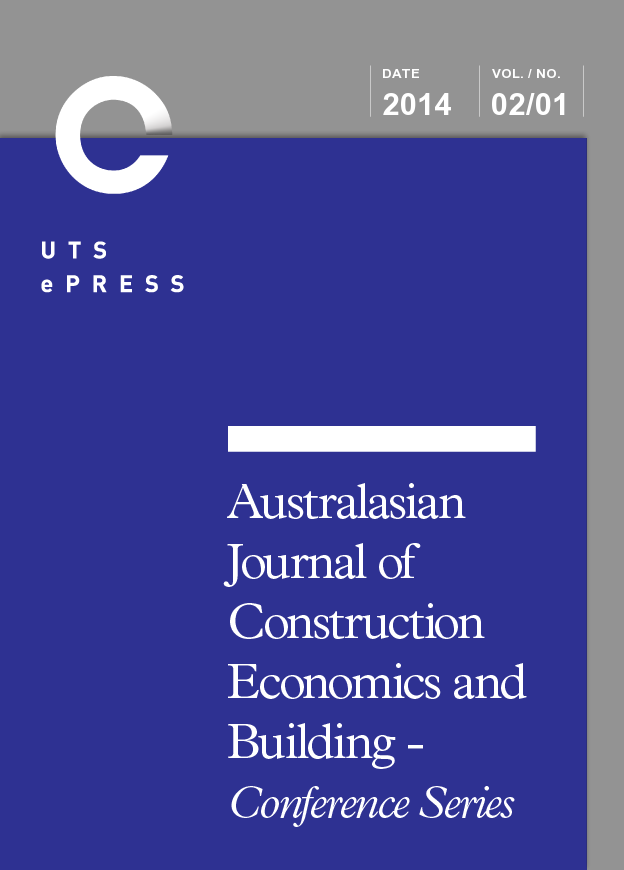A Web3D Enabled Information Integration Framework for Facility Management
Main Article Content
Abstract
Managing capital oil and gas and civil engineering facilities requires a large amount of heterogeneous information that is generated by different project stakeholders across the facility lifecycle phases and is stored in various databases and technical documents. The amount of information reaches its peak during the commissioning and handover phases when the project is handed over to the operator. The operational phase of facilities spans multiple decades and the way facilities are used and maintained have a huge impact on costs, environment, productivity, and health and safety. Thus, the client and the operator bear most of the additional costs associated with incomplete, incorrect or not immediately usable information.
Web applications can provide quick and convenient access to information regardless of user location. However, the integration and delivery of engineering information, including 3D content, over the Web is still at its infancy and is affected by numerous technical (i.e. data and tools) and procedural (i.e. process and people) challenges. This paper addresses the technical issues and proposes a Web3D enabled information integration framework that delivers engineering information together with 3D content without any plug-ins. In the proposed framework, a class library defines the engineering data requirements and a semi-structured database provides means to integrate heterogeneous technical asset information. This framework also enables separating the 3D model content into fragments, storing them together with the digital assets and delivering to the client browser on demand. Such framework partially alleviates the current limitations of the JavaScript based 3D content delivery such as application speed and latency. Hence, the proposed framework is particularly valuable to petroleum and civil engineering companies working with large amounts of data.
Article Details
Section
Authors who publish with this journal agree to the following terms:
a) Authors retain copyright and grant the journal right of first publication with the work simultaneously licensed under a Creative Commons Attribution License that allows others to share and adapt the work with an acknowledgement of the work's authorship and initial publication in this journal.
b) Authors are able to enter into separate, additional contractual arrangements for the non-exclusive distribution of the journal's published version of the work (e.g., post it to an institutional repository or publish it in a book), with an acknowledgement of its initial publication in this journal.
c) Authors are permitted and encouraged to post their work online (e.g., in institutional repositories or on their website) prior to and during the submission process, as it can lead to productive exchanges, as well as earlier and greater citation of published work (See The Effect of Open Access). Where authors include such a work in an institutional repository or on their website (ie. a copy of a work which has been published in a UTS ePRESS journal, or a pre-print or post-print version of that work), we request that they include a statement that acknowledges the UTS ePRESS publication including the name of the journal, the volume number and a web-link to the journal item.
d) Authors should be aware that the Creative Commons Attribution (CC-BY) License permits readers to share (copy and redistribute the work in any medium or format) and adapt (remix, transform, and build upon the work) for any purpose, even commercially, provided they also give appropriate credit to the work, provide a link to the license, and indicate if changes were made. They may do these things in any reasonable manner, but not in any way that suggests you or your publisher endorses their use.
